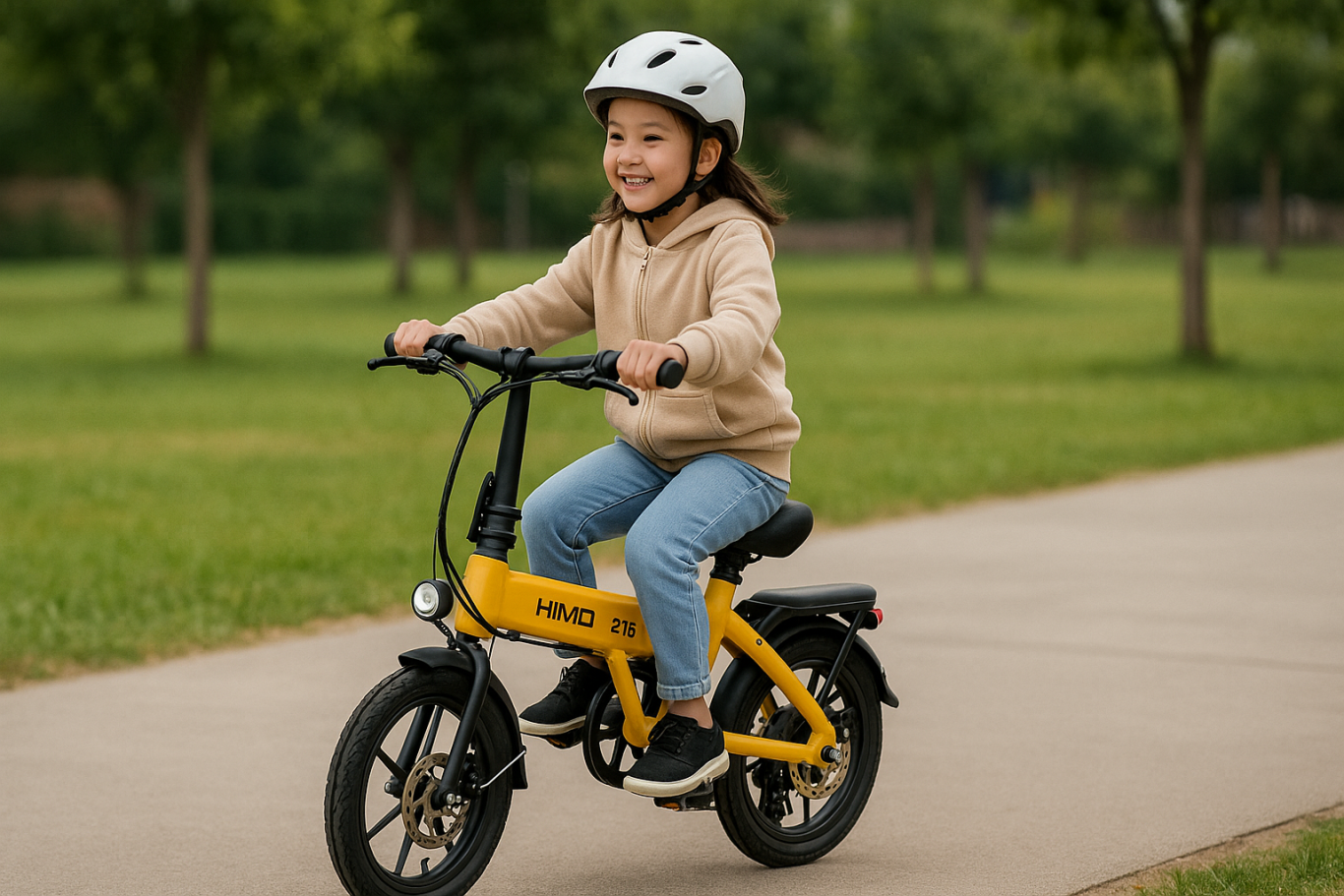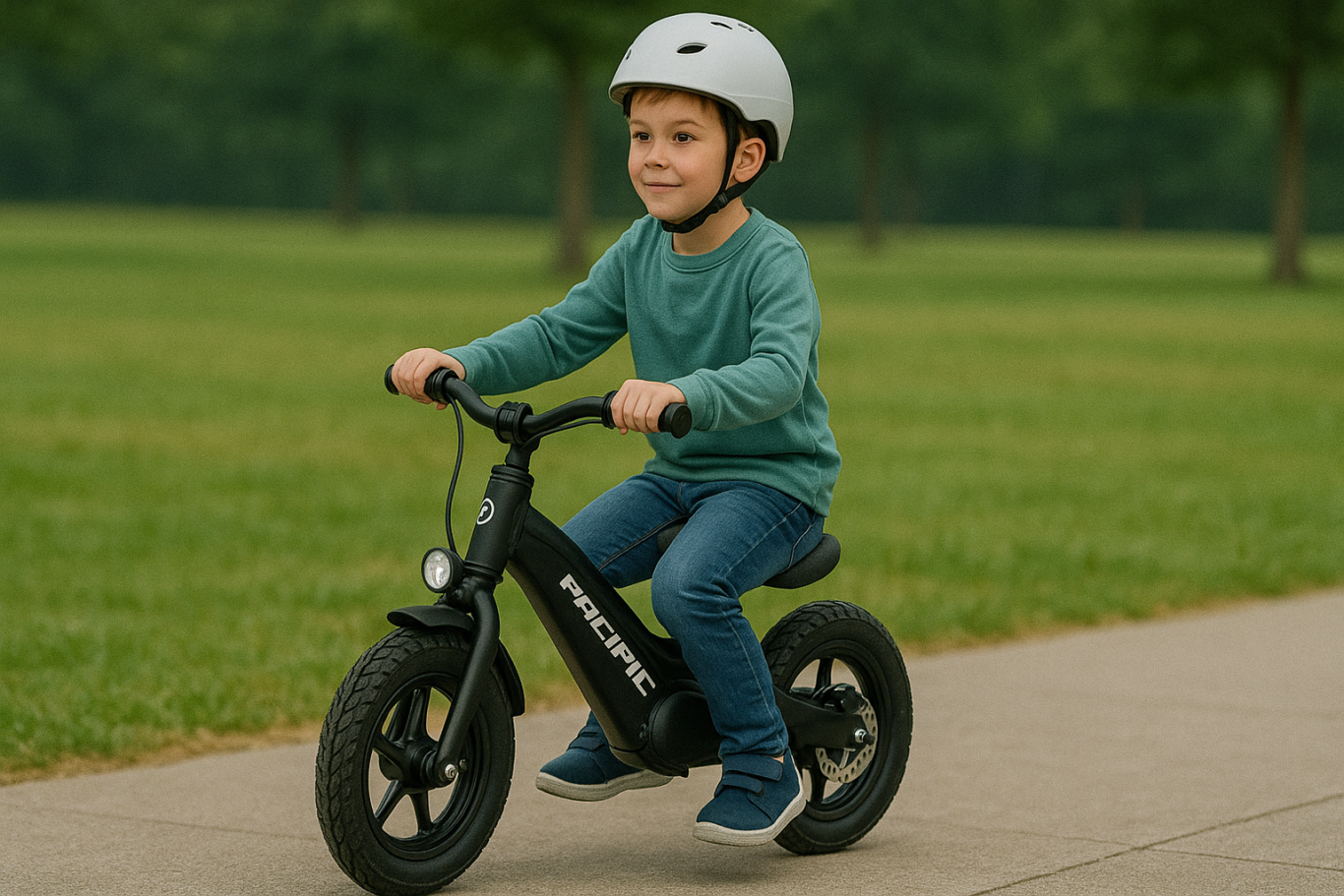5 Best! Recommended Electric Bike for Kids: Safe and Stylish Rides for Everyday Fun
In today’s digital era, electric bikes are quickly becoming a popular choice among families, including for children. More parents are looking for a recommended electric bike for kids as an environmentally friendly way to get around, whether for trips to school, outdoor activities, or simply playing around the neighborhood. Besides being efficient, electric bikes now feature modern designs and improved safety elements that appeal to both parents and kids.
However, choosing an electric bike for your child requires careful consideration. Parents need to look at quality, safety features, battery capacity, and price before making a decision. With so many options available, finding a recommended electric bike for kids that truly matches your child’s needs and age can be a real challenge.
To help you make the best choice, here are the 5 best options for a recommended electric bike for kids that are widely used, highly rated, and perfect for your family in 2024 and beyond.
1. Xiaomi Himo Z16 Kids

The Xiaomi Himo Z16 Kids is one of the most popular choices when it comes to a recommended electric bike for kids. This bike is known for its compact, lightweight design, making it easy for children ages 7 to 12 to ride confidently. It also features a safe top speed and double braking system for enhanced safety.
Key features:
- Lithium battery with up to 25 miles (40 km) range per charge
- Maximum speed of 12 mph (20 km/h) for child safety
- Front and rear LED lights for visibility
- Foldable design for easy storage and transport
The Xiaomi Himo Z16 Kids is great for active children who enjoy adventure and want a cool, modern ride.
2. Polygon Urbano E1 Junior

Polygon is a trusted brand and their Urbano E1 Junior model is a strong candidate as a recommended electric bike for kids. This bike is specifically designed for elementary and middle school children, with a smaller frame and handlebars for a more comfortable and safe fit.
Key features:
- 250W electric motor for smooth rides
- Removable battery for easy charging
- Front and rear disc brakes for added security
- Comfortable suspension, ideal for various road conditions
The Polygon Urbano E1 Junior comes with an official warranty and has been thoroughly safety tested, making it an excellent family investment.
3. ECOTRIC Mini Folding Electric Bike

If you need a recommended electric bike for kids that is easy to take anywhere, the ECOTRIC Mini Folding Electric Bike is a top pick. Its lightweight, compact design is perfect for travel, vacations, or just easy storage at home.
Key features:
- 250W motor for a safe, steady ride
- Lithium battery offering up to 15 miles (25 km) per charge
- 14-inch wheels, just the right size for kids
- Foldable design fits easily in a car trunk
The ECOTRIC Mini Folding Electric Bike is available internationally and is widely used in Europe and the United States, making it a reliable global choice.
4. Pacific E-Lite 12 Kids

For younger children ages 4 to 8, the Pacific E-Lite 12 Kids stands out as a recommended electric bike for kids, focusing on safety above all else. With a speed limiter and an automatic cut-off feature when the brake is pressed, this bike is perfect for children who are just learning to ride an electric bike.
Key features:
- 24V battery with 2–3 hours of use per charge
- Maximum speed of 7 mph (12 km/h) for safety
- Equipped with pedals and a sturdy kickstand
- Lightweight frame with bright, attractive colors
The Pacific E-Lite 12 Kids is simple to operate and provides plenty of fun for young riders while giving parents peace of mind.
5. Razor Power Core E90

The Razor Power Core E90 is a leading recommended electric bike for kids in the United States and Europe. This bike is ideal for children aged 8 to 12 who want the thrill of riding an electric bike, but with important safety measures in place.
Key features:
- 90W hub motor with a maximum speed of 10 mph (16 km/h)
- Up to 80 minutes of continuous use per charge
- Durable steel frame for long-lasting use
- Automatic braking system for safety
The Razor Power Core E90 is easy to find online and is a favorite among kids who love moving around the neighborhood in style.
Tips for Choosing the Right Electric Bike for Your Child
Along with picking from the recommended electric bike for kids options above, parents should consider a few important things:
- Choose a bike that matches your child’s age, height, and weight.
- Make sure the maximum speed complies with child safety standards.
- Prioritize models with dual brakes, lights, and protective accessories.
- Check for a warranty, aftersales service, and spare part availability.
- Teach your child to always wear a helmet and protective gear when riding.
Balancing Outdoor Fun and Digital Skills

Ingin tahu detail program?
Buying a recommended electric bike for kids is exciting, but it is just as important to balance physical activity with developing digital skills. In today’s world, children should also be introduced to coding, technology, and digital creativity from a young age.
If you want your child to become more confident and well prepared for future challenges, sign them up for a free trial coding class at Timedoor Academy. With fun, interactive lessons, kids can learn logic, problem-solving, and creativity while still enjoying plenty of active outdoor time.